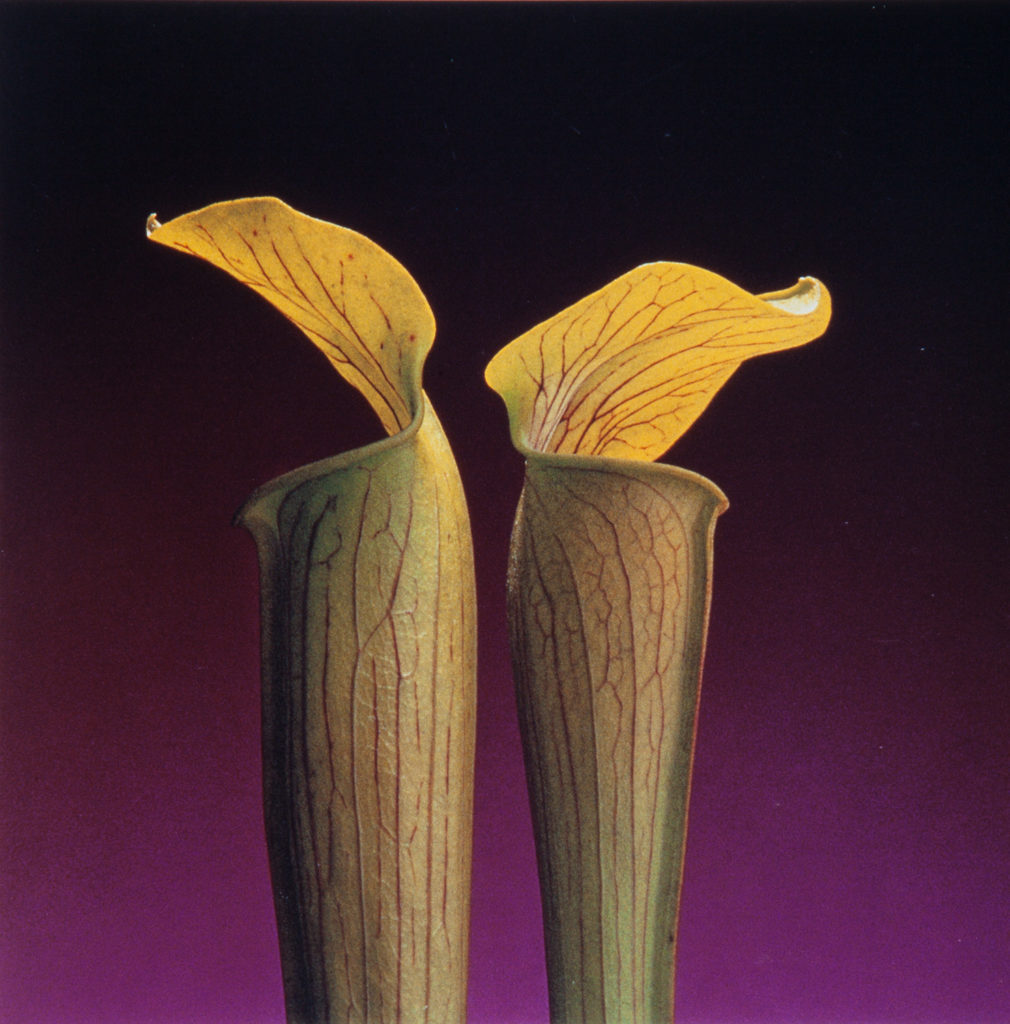CURATOR Germano Celant OTHER VENUES Louisiana Museum, Humlebaek, 8 February–24 May 1992; Museum für Kunst und Gewerbe, Hamburg, 30 June–20 August 1992; Palazzo Fortuny, Venice, 30 August–3 January 1993; Moderna Museet, Stockholm, 30 January–21 March 1993; Turun Taidemuseo, Turku, 7 April–31 May 1993; Palais des Beaux-Arts, Brussels, 5 June–1 August 1993, Museo Pecci, Prato, 25 September–7 January 1994; Tel Aviv Museum of Art, 27 January–5 April 1994; Fundació Joan Miró, Barcelona, 21 April–19 June 1994; Kunst Haus Wein, Vienna, 8 September–29 January 1995; Museum of Contemporary Art, Sydney, 23 February–30 April 1995; Art Gallery of Western Australia, Perth, 22 June–6 August 1995 PUBLICATION publisher Electa, editor Germano Celant, text Germano Celant
New York photographer Robert Mapplethorpe is celebrated for his elegant black-and-white studio photographs, but is also notorious for his transgressive subject matter.
In the early 1970s, after studying at Brooklyn’s Pratt Institute, Mapplethorpe made assemblages incorporating images of men from pornographic magazines with found objects. In order to create his own images for these works, he turned to photography, initially using a Polaroid SX-70 camera. In 1975, he acquired a Hasselblad medium-format camera and began photographing friends and acquaintances. He also worked as a staff photographer for Andy Warhol’s Interview magazine. Mapplethorpe’s works include portraits (including celebrity portraits and self-portraits), male and female nudes, still lifes of flowers, and images documenting the gay BDSM subculture he participated in. In a 1978 Self-Portrait, a bullwhip protruded from his anus like a devil’s tail. Mapplethorpe dies from an AIDS-related illness in 1989.
Mapplethorpe would become synonymous with the US ‘culture wars’ of the 1980s and 1990s. In the summer of 1989, Washington’s Corcoran Gallery of Art cancelled his first posthumous show, The Perfect Moment, three weeks before it was due to open. Several Gallery trustees and US Congressmen were offended by its homoerotic and sacrilegious content and Congress introduced a law to prohibit federal funding of ‘obscene’ art. When The Perfect Moment travelled to the Contemporary Arts Center, Cincinnati, the Center and its Director were charged with obscenity. The trial helped secure Mapplethorpe’s infamy.
The Robert Mapplethorpe Retrospective is the first time City Gallery runs a censored show. Featuring 240 photographs, it is the most comprehensive show of Mapplethorpe’s work to date. Germano Celant—then Senior Curator of Contemporary Art at New York’s Solomon R. Guggenheim Museum—organises the show with the support of the Robert Mapplethorpe Foundation, and it tours internationally for five years. Wellington is the show’s final venue and its sole New Zealand venue. It arrives via Perth and Sydney, where it attracts huge audiences.
Only ten percent of the images are sexually explicit. The entire Gallery is devoted to the show, which includes rarely seen collages from the early 1970s and dye-transfer colour flower images. Three photographs are seized by Customs due to possible objectionable content. The show is given an R18 rating by the Chief Censor’s office and the catalogue has to be sold in a sealed plastic bag. Gallery Director Paula Savage had already imposed an R18 rating and the most explicit works are displayed in vitrines. Famously, nine-day-old Willy Pearce is refused entry, due to the rating. His mother, Vikki Read, claims, ‘I was astounded. Willy can’t even see my face yet.’ Because of the show’s potentially controversial nature Savage decides the show will be self-funding, rather than using ratepayer’s money. The show is promoted by an award-winning Saatchi & Saatchi ad campaign, See What You Want To See.
On the opening night, the Christian Heritage Party leads a ‘Rally for Righteousness’ outside the gallery, while guests inside attend a paid gala event, fundraising for the New Zealand AIDS Foundation. Party spokesman Robin Corner said, ‘I have yet to meet an ordinary, decent New Zealander who believes that a photograph of one man urinating in the mouth of another man is a fit subject for a picture to be displayed in Wellington’s City Gallery.’ He circulates a petition amongst local churches to request the removal of offensive images from the show and the removal of the catalogue from sale at the Gallery, gathering over 2,800 signatures. Mapplethorpe’s 1976 photograph of three year old Rosie Bowdrey provokes particular consternation. Commissioned by her family, the portrait shows her wearing a gingham dress, with her genitalia visible. For some viewers, it is an expression of innocence; for others, child pornography. In a letter to the New Zealand Listener, Derek Schultz wrote: ‘Rosie reveals a major talent with the moral character of a hyena.’
Despite—or perhaps because of—the furore, the show achieves record audiences of 45,000. Merchandise sells out in four weeks and extra catalogues have to be shipped from Perth. The opening hours are extended and the show runs for an extra two days to meet audience demand. Throughout the show, Mapplethorpe’s status as a great photographer is contested by local reviewers. In his review for the Christchurch Press, Justin Paton says the show is ‘as much a landmark in the sociology of art as the history of photography.’ He concludes, ‘Is the show a moral or artistic victory, or merely a PR coup?’










































































































































































